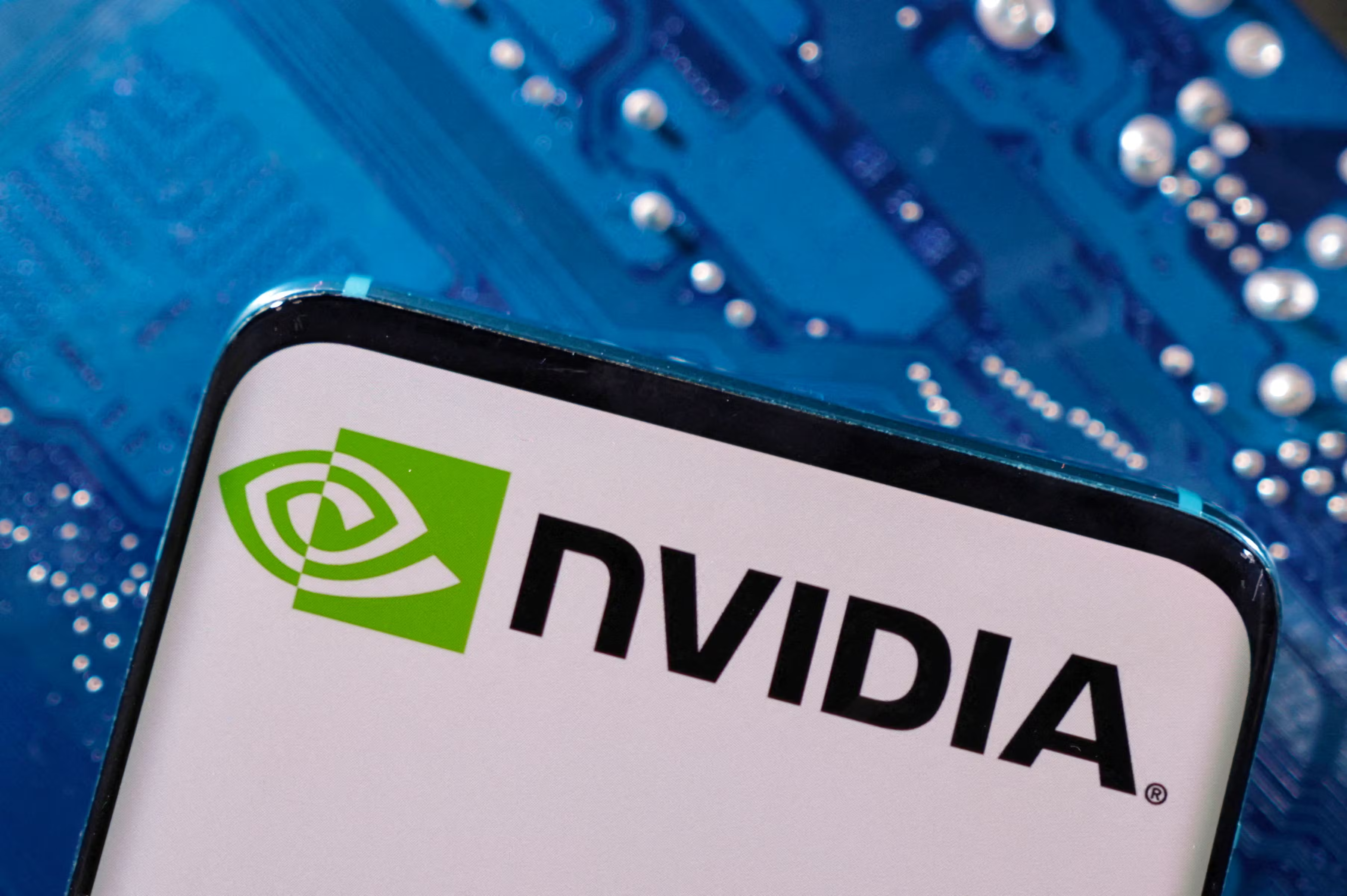The battle for dominance in the data center AI chip market has reached a boiling point, with industry giants Nvidia and AMD unleashing their latest salvos. As these tech titans vie for supremacy, their intense competition is fueling unprecedented innovation, promising to revolutionize the way businesses and researchers harness the power of artificial intelligence (AI).
Nvidia’s Rubin: A Generational Leap in Performance
Nvidia, the current frontrunner in the AI chip race, has unveiled its groundbreaking “Rubin” architecture. Touted by CEO Jensen Huang as a “generational leap forward in computing performance,” Rubin is poised to tackle the ever-growing demands of complex AI workloads, from large language models to scientific simulations.
Rubin’s key advancements include:
- Redesigned Processing Cores: Rubin features a completely revamped processing core architecture, specifically tailored for AI workloads. This promises significant performance gains, particularly in matrix multiplication, a crucial operation in deep learning.
- Boosted Memory Bandwidth: To keep pace with the voracious data appetite of AI training, Rubin boasts a significantly enhanced memory subsystem, enabling faster data ingestion and processing.
- CUDA Optimizations: Nvidia’s well-established CUDA programming framework receives a major update with Rubin, allowing developers to fully leverage the chip’s new architecture for maximum performance.
AMD’s MI300X: The Generative AI Powerhouse
Not to be outdone, AMD has countered with its formidable “MI300X” accelerator, claiming superior performance in the rapidly evolving field of generative AI. CEO Lisa Su emphasizes the MI300X’s potential to “usher in a new era of generative AI,” with applications spanning content creation, design, and beyond.
The MI300X’s key features include:
- Generative AI Specialization: The MI300X is purpose-built to excel in generative AI tasks, offering substantial performance gains over competing solutions in this cutting-edge domain.
- Scalable Interconnect: With its high-bandwidth interconnect, the MI300X enables seamless scaling of AI workloads across multiple chips, empowering researchers and businesses to tackle even the most demanding projects.
- Expanding Software Ecosystem: AMD is actively collaborating with major cloud providers and framework developers to ensure the MI300X integrates seamlessly with existing AI workflows.
The Efficiency Arms Race

While raw performance grabs headlines, data center operators are equally concerned with efficiency. Both Nvidia and AMD are touting significant advancements in this crucial metric:
- Nvidia’s Efficiency Focus: Rubin promises to deliver substantial performance improvements while maintaining lower power consumption compared to its predecessors, translating to reduced operating costs for data centers.
- AMD’s Power-Conscious Approach: The MI300X features architectural optimizations that prioritize power efficiency, with AMD claiming superior performance per watt compared to rival offerings.
Empowering Businesses and Researchers
The fierce competition between Nvidia and AMD is a win-win for the AI community, promising to accelerate innovation and democratize access to advanced AI capabilities:
- Accelerated AI Development: The increased performance of these new chips will significantly speed up the development of AI models, enabling faster time-to-market for businesses and more rapid research breakthroughs.
- Lowered Barriers to Entry: The improved efficiency of the new chips will drive down the cost of training complex AI models, making advanced AI applications more accessible to smaller businesses and research institutions.
- Generative AI Revolution: The MI300X’s emphasis on generative AI opens up exciting new possibilities for businesses, from personalized marketing content to innovative product design.
The Future of AI Chips: A Relentless Race
The battle between Nvidia and AMD shows no signs of slowing down, with both companies hinting at even more powerful chips on the horizon. As this rivalry continues to drive annual leaps in performance and efficiency, the entire AI ecosystem stands to benefit.
The rapid pace of innovation in AI chips will not only accelerate the development and deployment of AI applications but also democratize access to these transformative technologies. As businesses and researchers gain access to ever more powerful and efficient AI accelerators, we can expect to see a surge in groundbreaking AI-powered products, services, and discoveries.
Conclusion: A Rising Tide Lifts All Boats
The intense competition between Nvidia and AMD in the data center AI chip market is a testament to the transformative potential of artificial intelligence. As these tech giants push each other to new heights of performance and efficiency, they are not only redefining the boundaries of what’s possible with AI but also making these advanced capabilities more accessible to a wider range of businesses and researchers.
In the end, it is the entire AI community that stands to benefit from this rivalry. As Nvidia and AMD continue to innovate and push the envelope, they are laying the foundation for a future in which AI is not just a buzzword but a ubiquitous and transformative force across industries and disciplines. The AI chip wars may be heated, but the real winners are those who will harness the power of these cutting-edge technologies to drive innovation, solve complex problems, and shape a better future for all.
















Add Comment